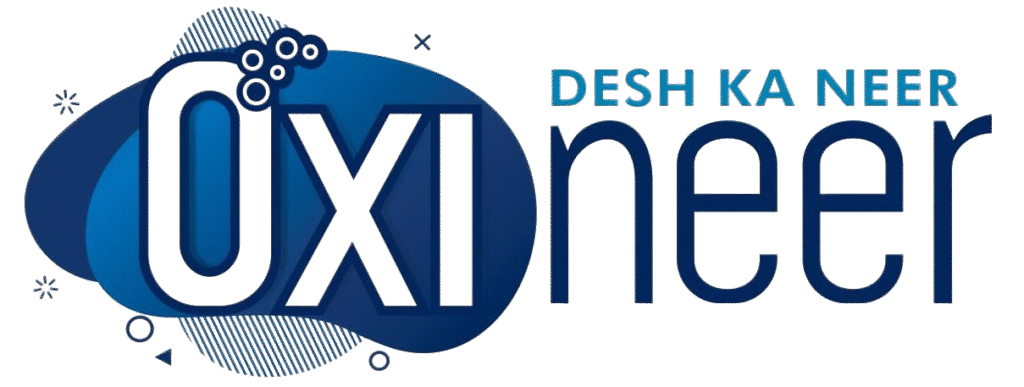It is reliable: 24x7 water supply reduces the time and money spent by citizens to store water. Without it, citizens have to install expensive water tanks, wait for public tankers, or buy water from private sellers. Here, poor are the hardest hit; they have to carry water over long distances, queue for hours at municipal stand posts or wake up late at night to fill their buckets and pots. Adults lose time that could be better spent in productive work, while children often miss school to collect water for their families. Continuous 24x7 water supply provides freedom to the citizens from the burden of unreliability.
Treating water to make it suitable to drink is much like wastewater treatment. In areas that depend on surface water it is usually store in a reservoir for several days, in order to improve clarity and taste by allowing more oxygen from the air to dissolve in it and allowing suspended matter to settle out. The water is then pumped to a purification plant through pipeline, where it gets treated, so that it will meet government treatment standards. Usually the water run through sand filters & then through activated charcoal, before it gets disinfected.
Every country has its own legal drinking water standards. They include which substance can get add in drinking water and what should be the maximum amount of the substance. These standards are called maximum contaminant levels. They are formulated for any contaminant that may have adverse effects on human health and each company that prepares drinking water has to follow them. If water gets be purified to make it suitable for drinking, it will get tested..
Water provides health. Contaminated water and poor quality of water are linked to transmission of diseases such as cholera, diarrhea, dysentery, hepatitis A, typhoid, and polio. Absent, inadequate, or inappropriately managed water and sanitation services expose individuals to preventable health risks.
Packaged Drinking Water uses from any source which has to be treated and disinfected, a process that could involve filtration, UV or ozone treatment or Reverse Osmosis (RO) before it is fit for direct consumption.
Packaged Drinking Water uses from any source which has to be treated and disinfected, a process that could involve filtration, UV or ozone treatment or Reverse Osmosis (RO) before it is fit for direct consumption.
Water provides health. Contaminated water and poor quality of water are linked to transmission of diseases such as cholera, diarrhea, dysentery, hepatitis A, typhoid, and polio. Absent, inadequate, or inappropriately managed water and sanitation services expose individuals to preventable health risks.
According to market sources, each L of Packaged Drinking Water is Rs. 10-12 while natural mineral water starts at about Rs.20 each L.
According to the International Bottled Water Association, it takes on average an estimated 1.39 L of water to produce a L of Bottled Water.
The plastic material used to contain naturally sourced bottled water found on supermarket shelves is made of PET (Polyethylene Terephthalate) and is completely safe.
Naturally sourced Bottled Water have different concentrations of minerals in them,depending on the geology of the land that they come from, which gives each bottled water a unique taste.
Where the water comes from may contribute to the difference in taste hence the water inside every bottle of different brands varies in taste.
